64 Audio Volür Review: A Nio Evolution?
The 64 Audio Volür is the successor to the basshead's delight Nio using 64 Audio's new True Isobaric Configuration technology to double the bass drivers. But can it deliver a performance worthy of the $800 price increase?

Introduction
In the in-ear monitor (IEM) world, 64 Audio is one of the longest standing players in the high end space. A rare brand that equally services both professional musicians and audiophiles, 64 Audio’s products are unique in featuring innovations developed in-house over the years, such as their tia, APEX, and LID technologies that all play a key role in what makes up a 64 Audio IEM.
Thanks to Headphones.com I’ve had a chance to review my way through (almost) the entire line-up that 64 Audio offers, culminating in a buyer’s guide here. In that time, they released two new models: the $1,100 U4s and $2,500 Volür. The latter of which will be the topic of review today.
The Volür was built to be the successor to the original Nio, except at about a $800 increase in MSRP. That’s quite a lot, especially when the U4s is now my standard recommendation at the ~$1,000 mark, even over the Nio. Does the Volür deliver a performance worthy of a higher price tag?
Source(s) Used: Ferrum ERCO Balanced DAC & Headphone Amp and Apple USB-C dongle
The 64 Audio Volür was sent to me by Headphones.com on loan for this review.
What we like
- Excellent bass performance
- Great fit
- Good technical ability
What we don’t like
- Large upper treble peak may be an issue
- Pricey

What’s in the Box?
The Volür comes with an expanded set of 64 Audio accessories. The standard goodies are:
- Two different sets of silicon and one set of foam tips S/M/L sizes all held in a fancy circular tip holder. I’m not a fan of any of the stock tips so I’ve opted to use AZLA Sedna’s instead.
- A circular leather carrying case (with some 64 Audio stickers)
- 8-core braided 2-pin cable with pre-molded earhooks. It’s a lot better than the old stock 64 Audio cables.
- The mX, m15, and M20 APEX modules. These modules both adjust how much bass you have and alleviates pressure build-up in ear.
And now, you also get:
It’s this m12 module that’s the most interesting and relevant inclusion to the Volür, though it's not actually new. It debuted with the U4s for only a limited time and that's the case with the Volür too. So if you really want it, either buy the Volür sooner than later or pay another $100 for it aftermarket. At any rate, the m12 APEX is meant to be a Goldilocks option between the m15 and mX modules. Fittingly enough, the m12 is itself gold.
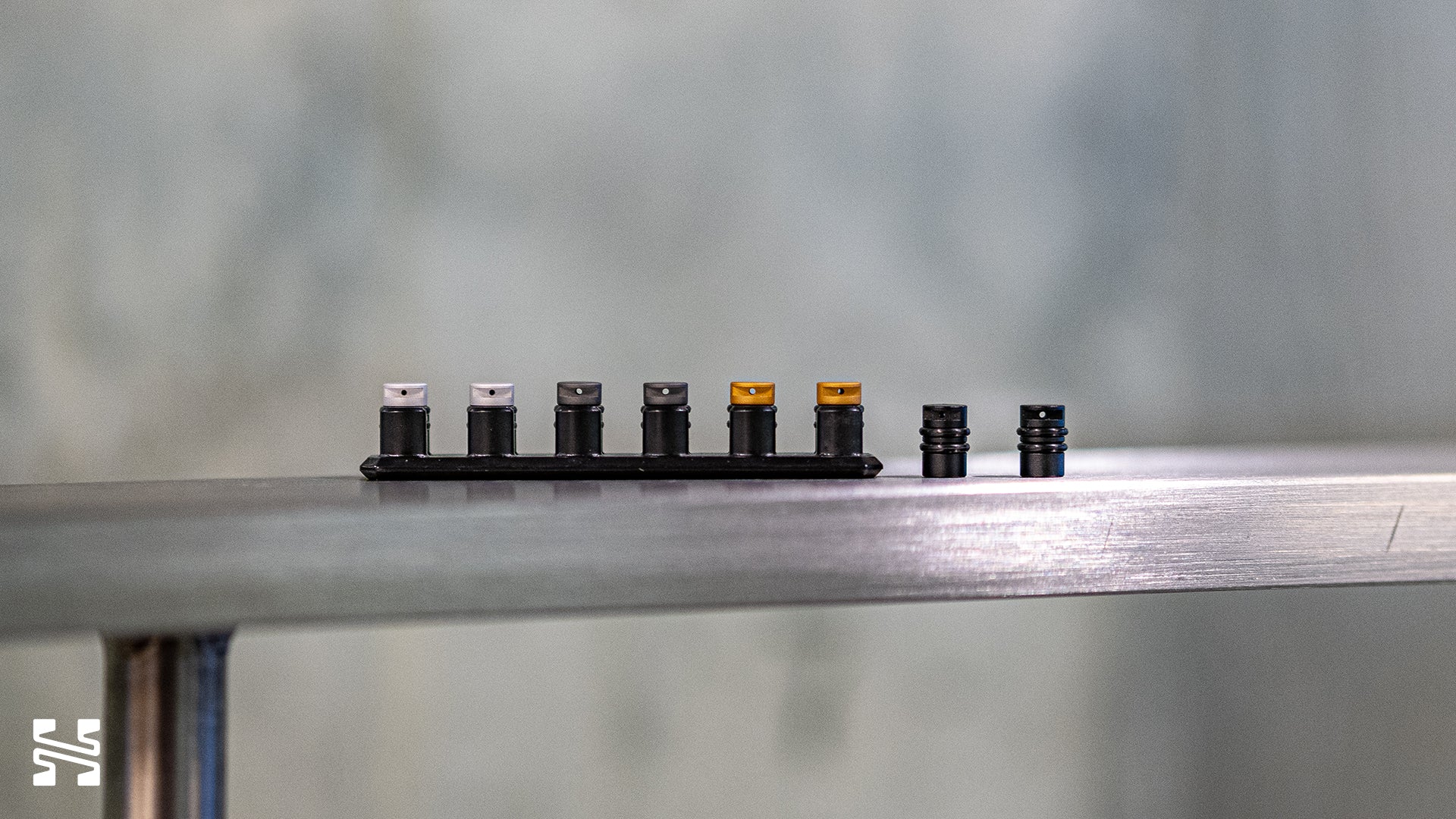
As for the Volür itself, it has a similar ergonomic metal shell as all the other 64 Audio IEMs. That is to say, quite comfortable to my ears and doesn’t build up pressure thanks to the APEX modules. You can also get a pretty deep fit with their nozzles given the generous length. As you can see from the pictures, the fancy new addition in the Volür is this deep purple abalone faceplate. This is an homage to the Nio which sports a very similar looking design except blue.
Finally, I’ll note that the Volür is a 10-driver hybrid, using eight balanced armatures (BAs) and two 9 mm dynamic drivers (DDs). The dynamic drivers are arranged in what 64 Audio calls a True Isobaric configuration which is supposed to “deliver unprecedented low-frequency capability”. As usual, driver set-ups are not indicative of sound quality. What matters is their actual sound.

Sound and Frequency Response
The sonic presentation of the Volür will change depending on the APEX module used. In order of decreasing amount of bass: m20 > m15 > m12 > mX. Here are the frequency response graphs for the m15 module on the B&K 5128.
It’s still early days as we roll-out this visualization of IEMs so if you’re unfamiliar with how to read this, here’s a quick primer:
- This graph is calibrated to the diffuse field (DF) head-related transfer function (HRTF) of the B&K 5128. Thus, a completely flat line is equal to DF HRTF. This is what a flat speaker in a fully reflective room will sound like at the eardrum. The DF HRTF is less a "reference" curve and more the necessary anatomical baseline compensation needed for headphones.
- Research on listening preferences show that people on average tend to prefer an approximate 10 dB downward tilt from bass to treble in both headphones and in speakers. We’ve visualized that here as a DF + 10 dB slope (see point 3).
- The visualized preference bounds (grey bands) are a more complete picture of that listening preference research beyond the DF + 10 dB slope. They show the limits of how much deviation/tonal color a headphone could have that people still found acceptable without it starting to be perceived as imbalances. This is a better visualization than using a target curve as listening preferences naturally fall within a range instead of a singular line.
- Note that some of this is theoretical: we had to adapt principles from headphones to IEMs as a result.
And here is the raw graph on a GRAS system to compare the difference in the bass for all the APEX modules if you want a more familiar representation. I’ll also attach the raw B&K 5128 graph in the Appendix.

We can see that the difference in bass for the m15 and m20 modules is quite small, maybe about 1 dB at 20 Hz. The m12 module, true to its word, is an in-between to the m15 and mX modules. And the mX essentially provides a flat bass.
When I first heard the Volür, I used the m12 module as I thought it’d be the obvious choice given that it’s specially included with the Volür. Turns out, that was a mistake. It’s not that the m12 is bad. It’s just that it doesn’t quite capture what the Volür is all about - bass. So I promptly switched over the m20 module. The overall tonality can thus be described as bassy with a big upper treble peak. It’s similar to a U-shape but not quite.

Bass
The bass is the obvious standout performer of the Volür. It has a superb sense of heft and weight while maintaining great control and tactility that never gets muddy. Notes land with aplomb. It definitely leans boomy rather than punchy thanks to lengthened decay. Altogether, the Volür delivers a large sounding sustained low-end presence that’s excellent in both classical instruments like the double bass or in modern genres with electronic beats. One thing to note though is that it has less bass contrast due to the sloping into the lower mids. Thus if you’re looking for distinctly segmented bass notes, the Volür isn’t quite it.
Mids
Given the bass tuning and how it transitions into the lower mids, you might expect the Volür to be rather thick and warm. And while it certainly has a good helping of warmth, the sizable upper mids in that 2 - 4 kHz region counterbalances the warmth. Vocals are well positioned in the mix, neither shouty nor recessed. Vocal tone has a slight off-ness at first listen due to the centering of the pinna around 2 kHz rather than 3 kHz. But spend some time listening to it and that off-ness mostly fades as you get accustomed to the tuning (AKA brain burn-in).
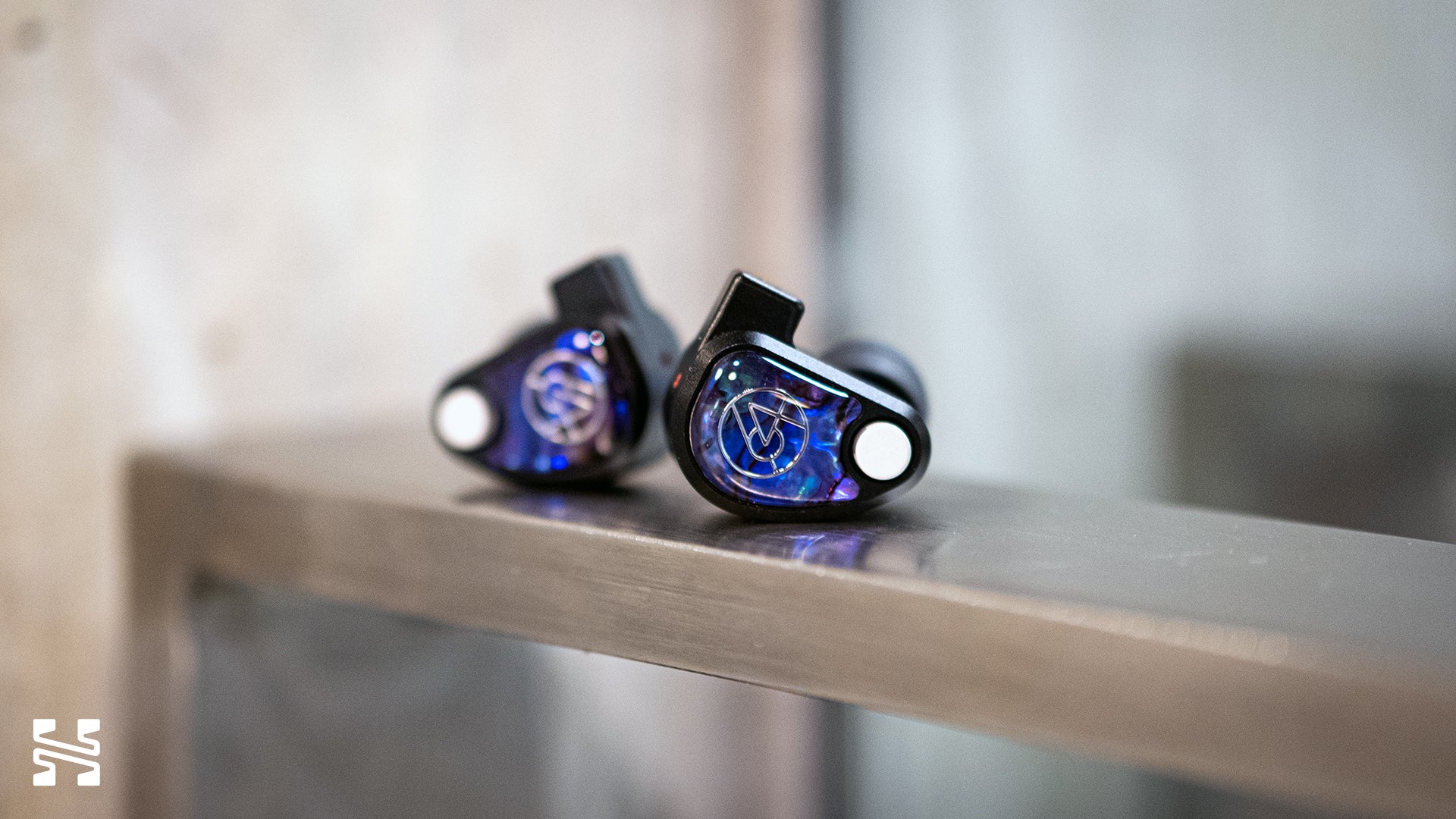
As for the other instruments, they have a tasteful vividness thanks to the coloration in the lower mids and the 4.5 kHz peak helps notes pop with definition. Stringed instruments, be it acoustic or electric, are especially engaging. I’d like to say that I don’t really have any complaints with timbre except…
Treble
That big treble peak in the graph is real. This is a consequence of the tia driver technology that 64 Audio likes to use and can be pretty hit and miss on in terms of how well it’s controlled. As we can see, it’s not exactly the best on the Volür. To be fair, while the B&K 5128 system is much more accurate than the old GRAS rigs we’re used to, we still have to take it with a grain of salt. Doing a sine sweep by ear, I found that there was only one wide-ish peak around 12 - 14 kHz instead of a consistent airiness all the way up to highest octaves. For reference I can still hear up to around 18.5 kHz.
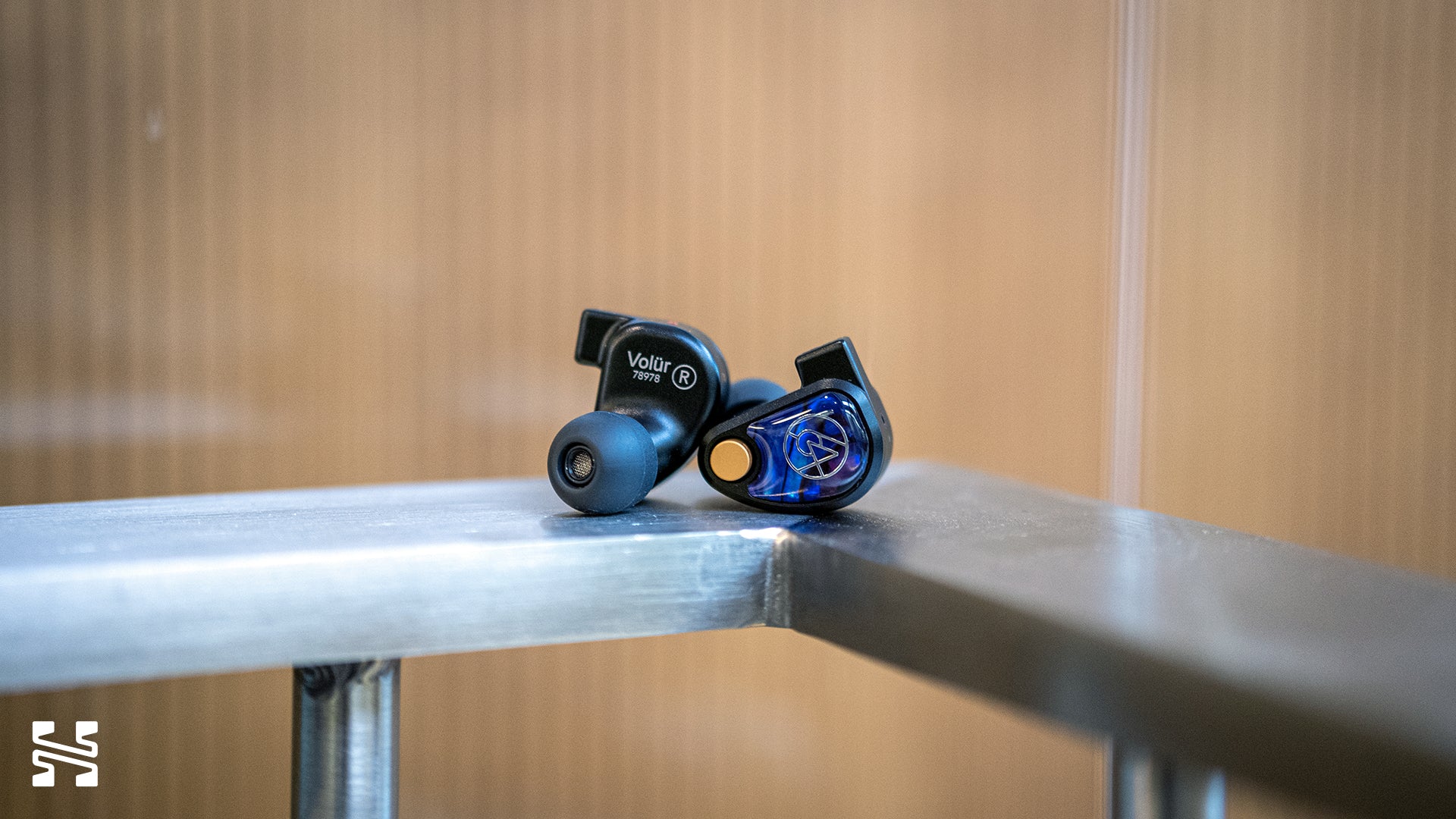
So how does this peak translate to the listening experience? It’s a constant emphasis on certain notes and it throws off the timbre of a number of instruments. For example, the thin raking of the pick against the strings on an acoustic guitar sometimes overpowers the rich tone of the strum. Or with vocals, there’s a shimmery sibilant sheen. It’s not painfully sharp but it’s a definite edginess to the voice, particularly for female vocals. And with hats and cymbals, it’s less of a clean, crisp attack and more of a clicky or tizzy body past the transients. I expect this peak to be a dealbreaker for a lot of people. It might just be a little too grating.
While the unevenness of the treble can warp the naturality of many notes, not every instrument is equally affected and some might even be enhanced. For example, crystalline or bell-like tones have amazing clarity. In addition, your experience will be affected by the tips you use. I tried on a set of Divinus Audio Velvets and it did wonders to shape the upper treble just enough to mask some of that timbral awkwardness.
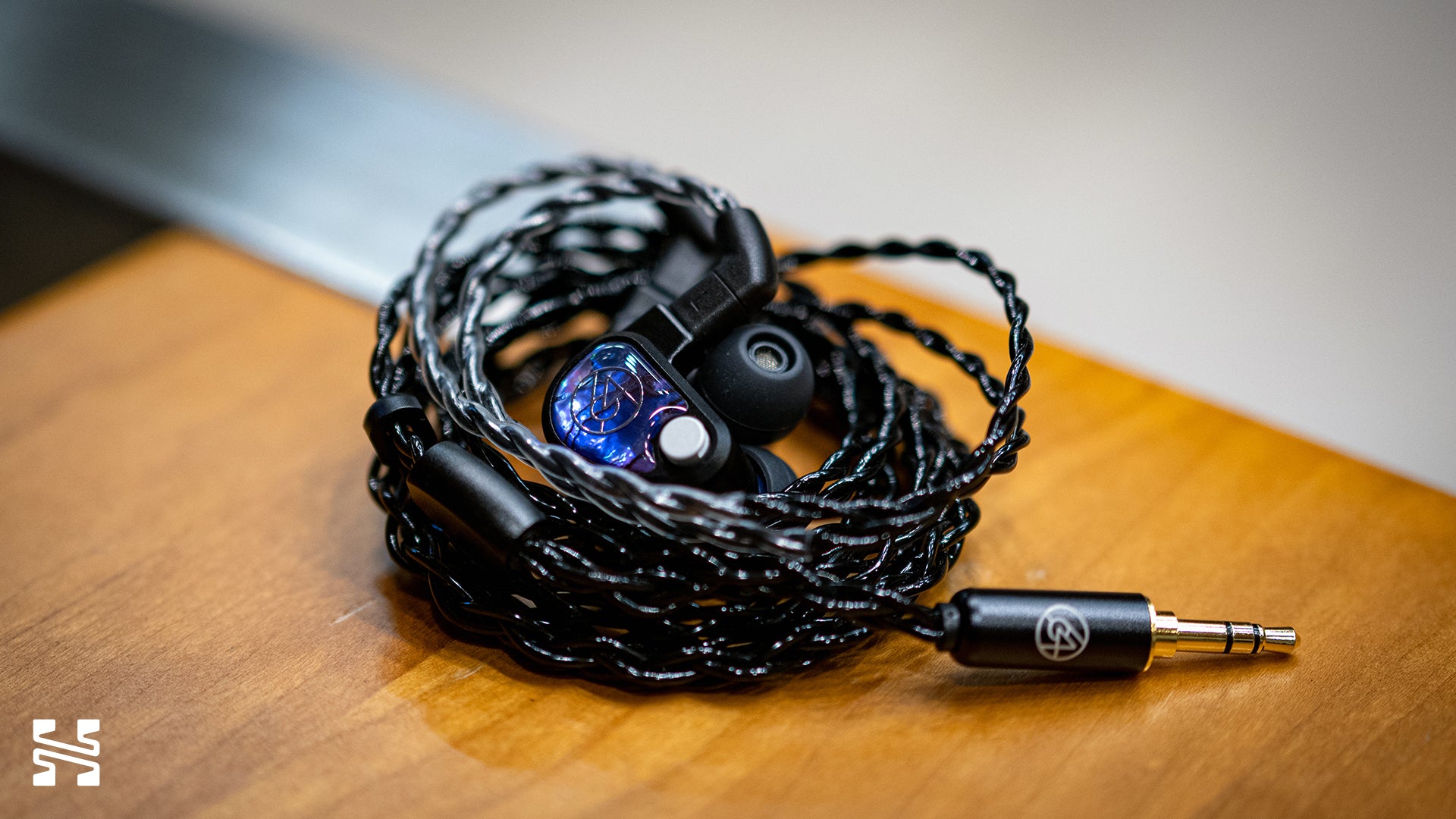
Presentation
The technical ability of the Volür is quite good but isn’t quite to the level I expected. Stage width is excellent but there’s little height and only a touch of depth. Imaging and layering is very good - nuanced and coherent across the soundstage. But its resolution is one clear step below 64 Audio’s universally acclaimed U12t and marginally better than the U4s. While the bass definition and control makes it less smeary than the U4s, it just doesn’t quite have the raw ability to highlight hidden notes in the way the U12t does. Where the Volür stands confidently is in its bass macrodynamics. I was once almost tempted to turn down the volume at times after getting caught off-guard when a track transformed from a quiet ballad into a heavy hitting passage.
Comparisons
64 Audio U12t, Trio, U4s, and Nio
In my mind, if you’re looking at a 64 Audio product there are three you should consider: the U12t, the U4s, and Trio.
U12t: This is 64 Audio’s best performing product. Though some may criticize it for being boring or safe in its tuning, very few would deny its technical performance. Except for the bass volume and dynamics, it’s easily on par or better than the Volür in every aspect.
Trio: The Trio is a very lively and energetic IEM. While I don’t recommend it as a first choice as it deviates a bit too much from normalcy, it’s one I’ll always ask someone to at least try if they have a chance. They might just fall in love. In a sense, the Volür carries some of the same lively spirit as the Trio but is significantly less colored.
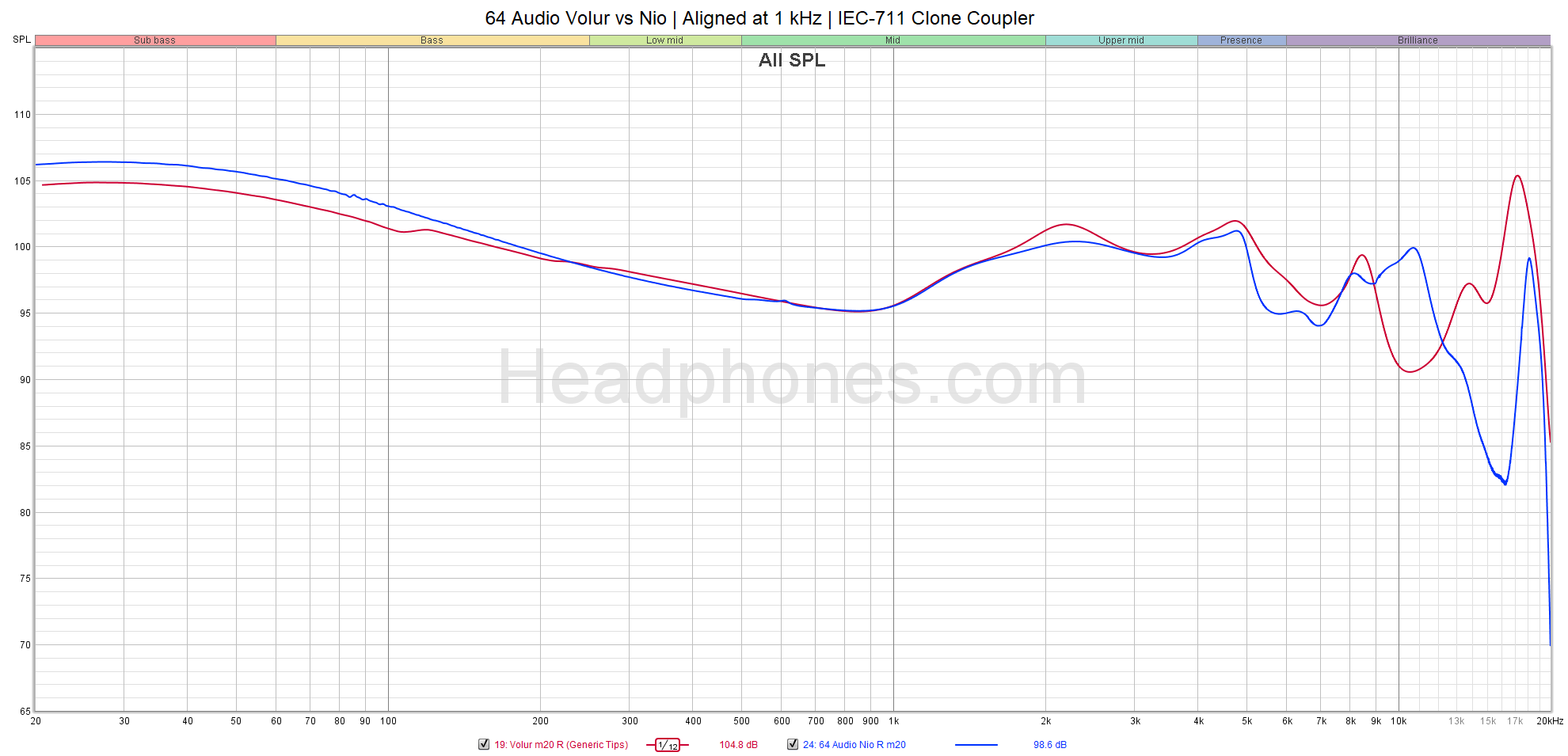
U4s: This is my first recommendation for any IEM around the $1,000 mark. Not that it’s necessarily the best, but because it strikes a great balance between performance and a fun, bassy tuning that’s going to be plenty enjoyable for the majority of people. In my eyes, the U4s has supplanted the Nio in offering a very similar, if not better, experience for a much cheaper price.
And that’s the same predicament the Volür finds itself in. While the Volür does improve upon the U4s and Nio’s bass, it’s not a dramatic difference. Yes, there’s more control. It’s more dynamic. There’s more depth. But the U4s/Nio weren’t particularly lacking in those departments already. The Volür costs more than 2.5x the U4s for these advancements. The other big question mark is the tuning. Both U4s and Nio are arguably better tuned than the Volür as they lack that big upper treble peak. The only caveat here is if you enjoy this sort of U-shaped tuning.
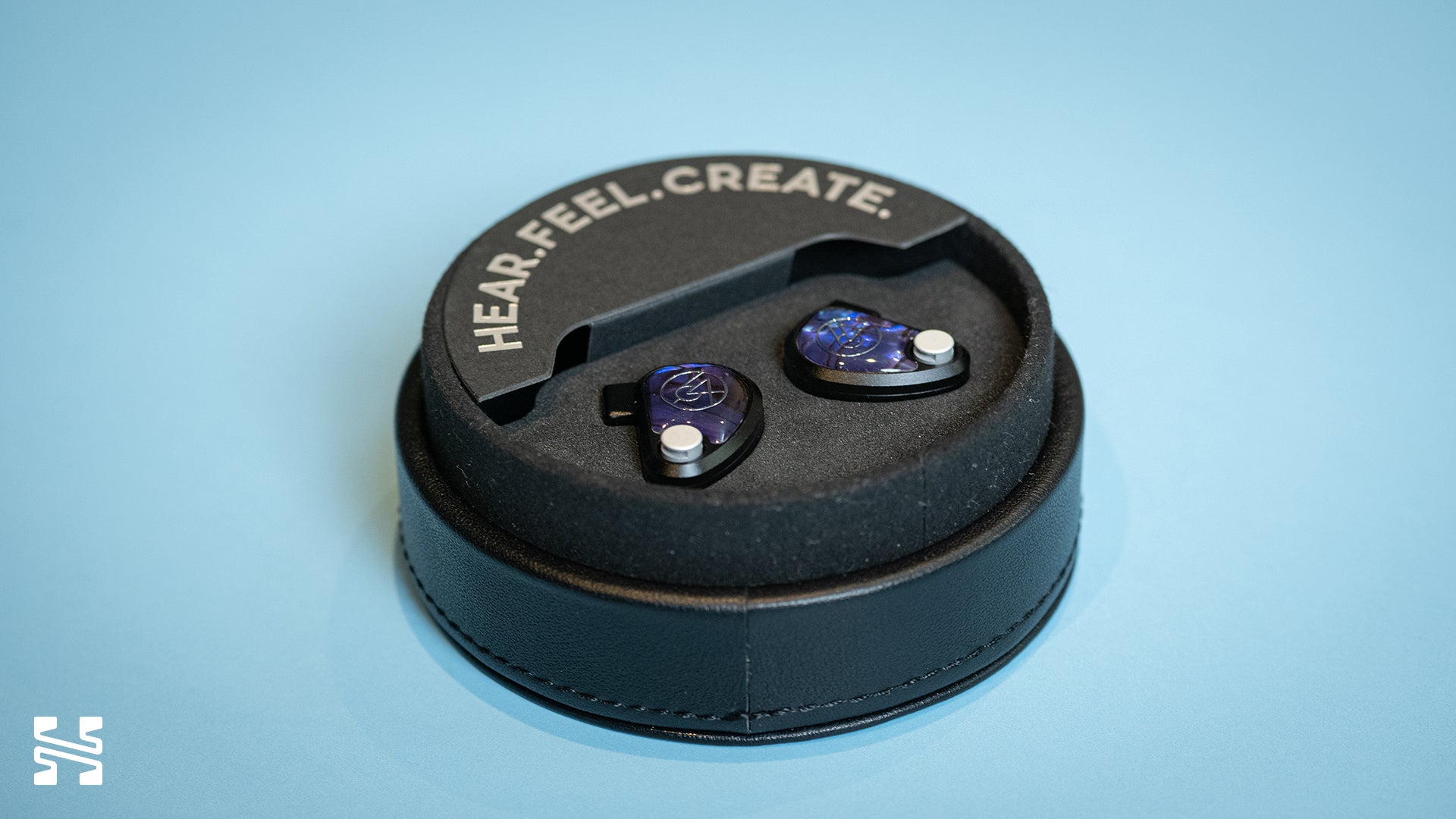
Sennheiser IE900
The Sennheiser IE900 is conservatively a top 3 IEM in bass performance for me. It’s the bar to clear. Compared to the Volür, the IE900’s bass is more textured. It’s grittier. It’s this rawness that draws me to the IE900. The Volür is a little smoothed over. Dynamically, both are about on par with one another in terms of weight and impact. The IE900 is a tad cleaner in the transients and has more of that contrast I mentioned while the Volür’s tuning extends warmth into the lower mids.
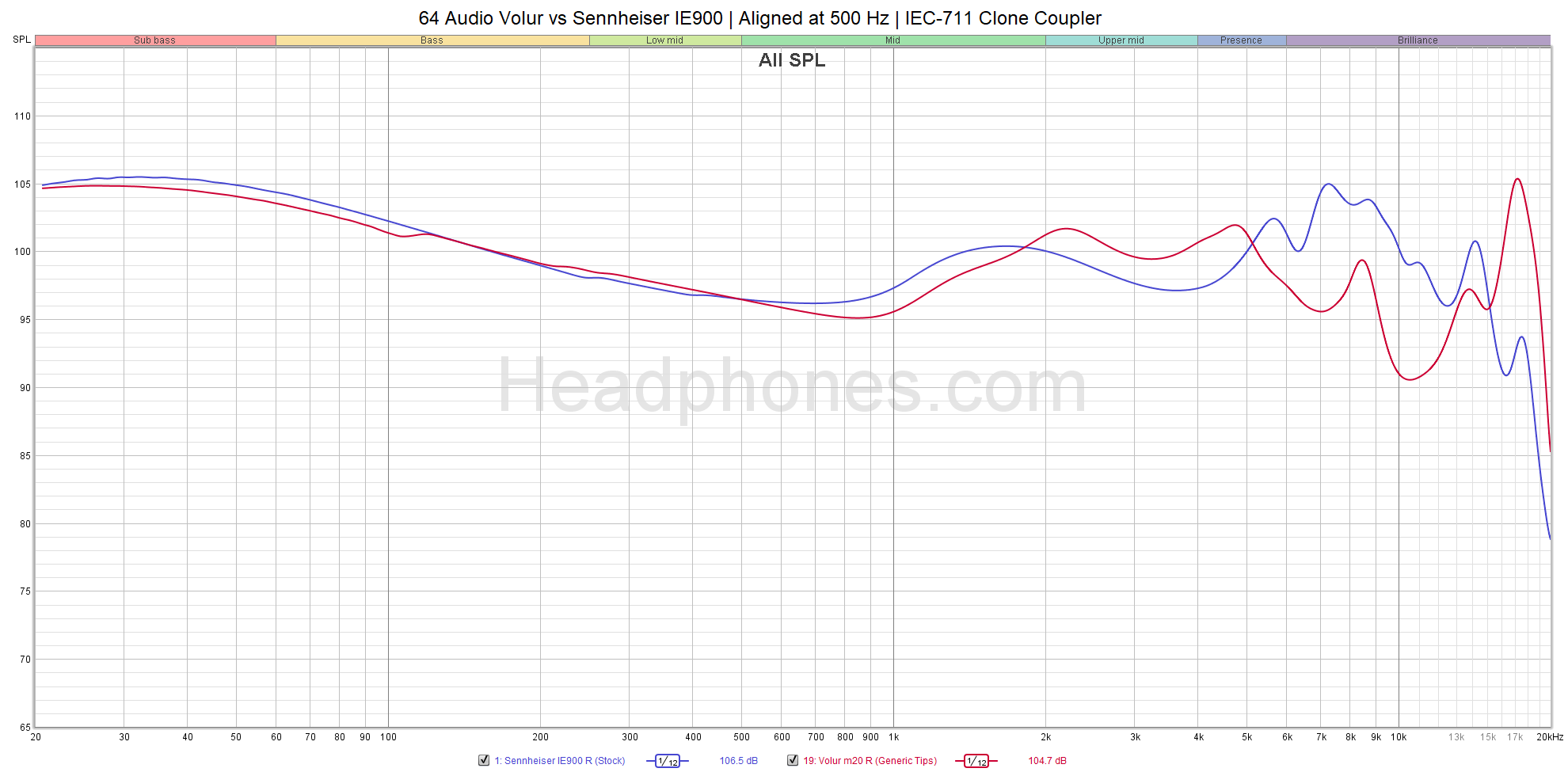
I still prefer the IE900’s bass but as a whole package, the Volür has a couple of major upsides. The first is the midrange - the Volür is better tuned in the upper mids than the IE900 and presents a less nasally vocal tone. The second is in the ergonomics - the Volür’s standard 64 Audio shell is just more comfortable.
Once again however, it’s the treble and price that drag the Volür down. The IE900’s treble itself is no slouch. There’s spice to it. But it’s a controlled mid-treble energy rather than a potentially grating upper treble peak. As such, I’d consider the IE900 to be a true U-shaped IEM rather than the Volür. As for the price, well. The Volür demands an additional $1,000 for its services.
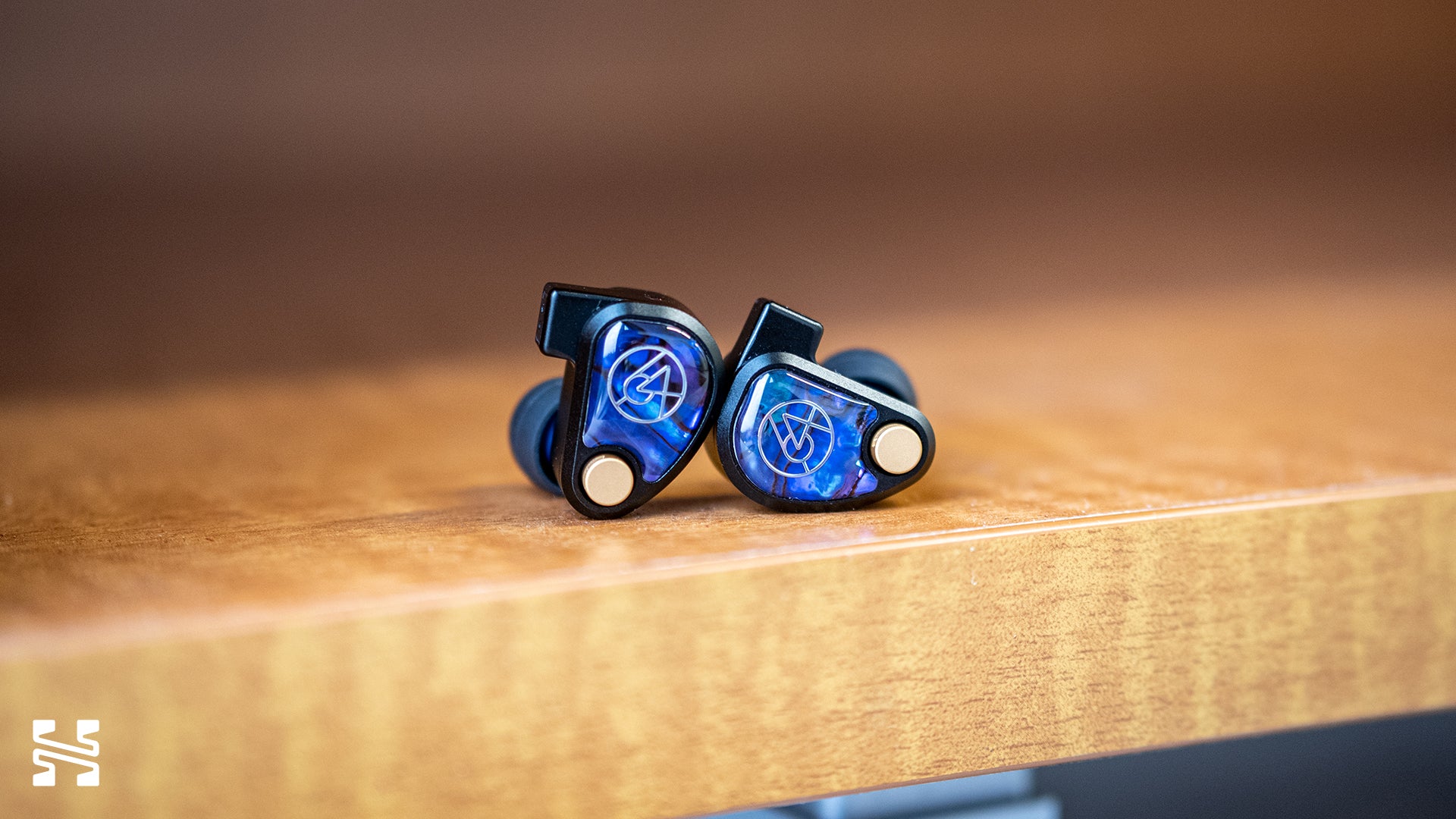
Should You Buy It?
Maybe. If you’re value sensitive, I can’t justify the Volür over the U4s or some of the other options around the $1,500 mark. But if your wallet is a little bulkier, the Volür is a very reasonable choice for those who already love the 64 Audio sound and want to further push the boundaries in their IEM’s bass. Or y’know, if you really love purple.
Appendix
Raw frequency response graph of the 64 Audio Volür measured using the B&K 5128 system.
